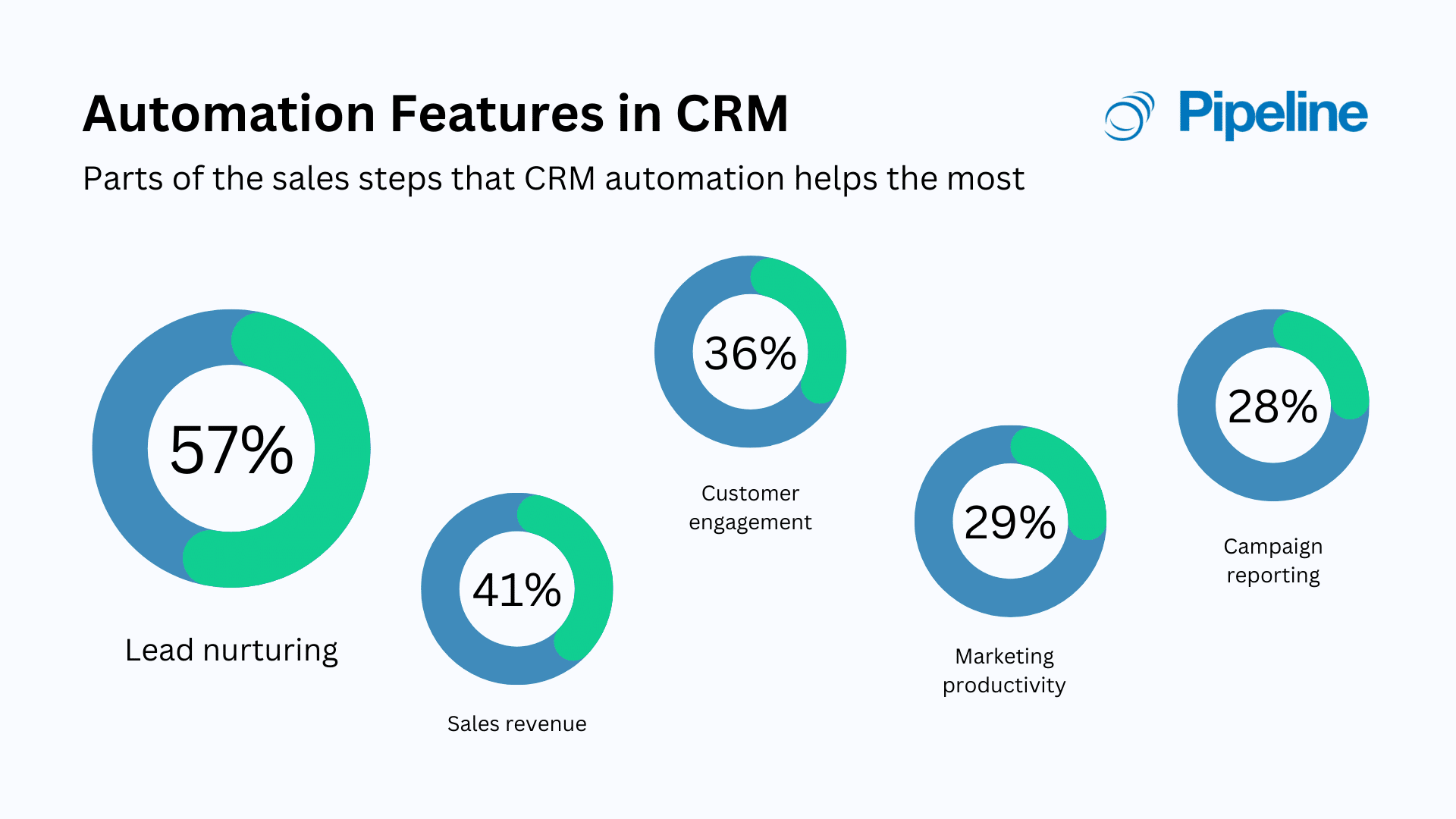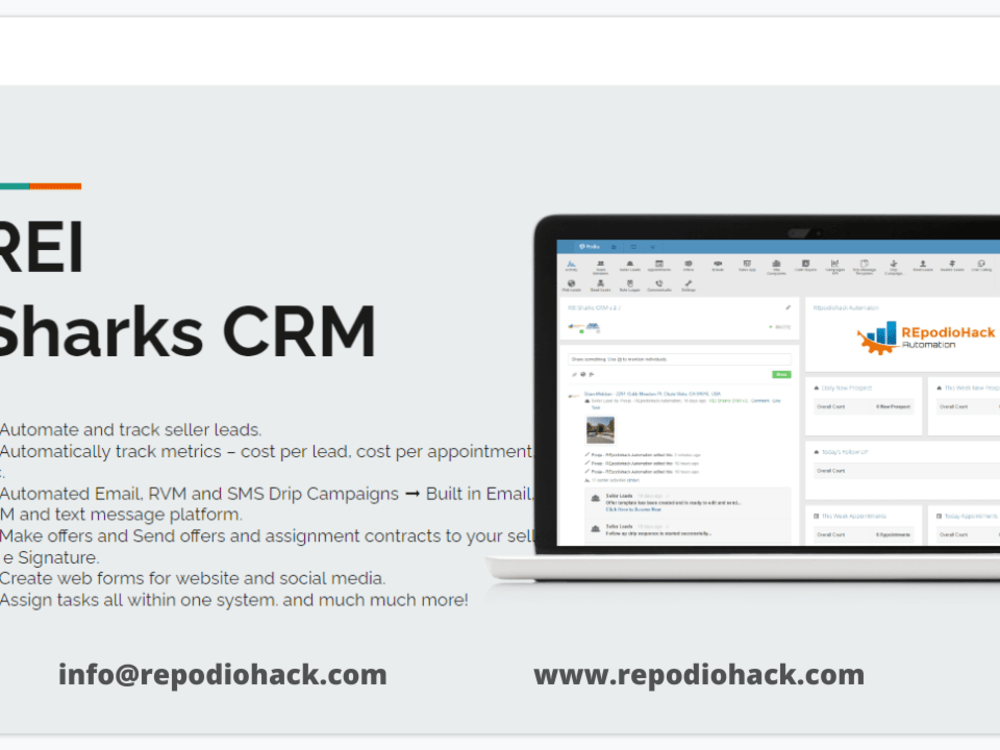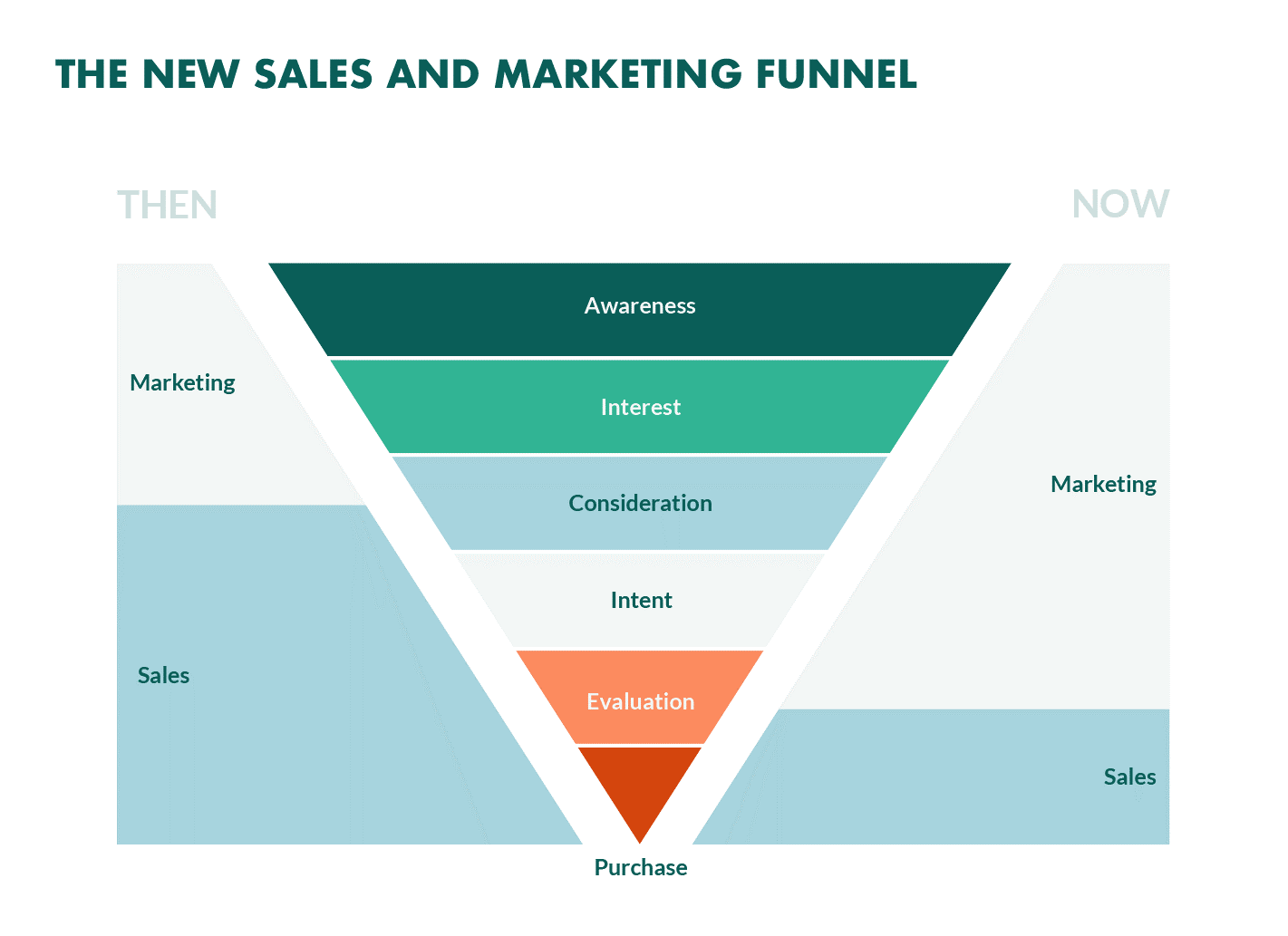CRM Marketing Integration: Your Roadmap to Success
In today’s hyper-competitive business landscape, understanding your customers is paramount. You need to know their preferences, behaviors, and needs to effectively engage them. This is where the power of CRM marketing integration comes into play. It’s not just about having a CRM system; it’s about seamlessly connecting it with your marketing efforts to create a unified, data-driven engine for growth. This comprehensive guide will delve deep into the world of CRM marketing integration, providing you with the knowledge and strategies to transform your business.
What is CRM Marketing Integration?
At its core, CRM marketing integration is the process of connecting your Customer Relationship Management (CRM) system with your marketing automation platform and other marketing tools. This integration allows for the free flow of data between these systems, creating a 360-degree view of your customers. This holistic view enables you to personalize your marketing campaigns, improve customer engagement, and ultimately drive more sales.
Imagine having all your customer data – their interactions with your website, their purchase history, their email opens, their social media engagement – all in one place. That’s the power of CRM marketing integration. It eliminates data silos, reduces manual effort, and empowers your marketing and sales teams to work more efficiently and effectively.
Key Components of CRM Marketing Integration
Several key components are crucial for successful CRM marketing integration:
- CRM System: This is the central hub for all your customer data. Popular CRM systems include Salesforce, HubSpot, Zoho CRM, and Microsoft Dynamics 365.
- Marketing Automation Platform: This platform automates your marketing tasks, such as email campaigns, social media posts, and lead nurturing. Examples include Marketo, Pardot, and ActiveCampaign.
- Integration Tools: These tools connect your CRM and marketing automation platforms, allowing data to flow seamlessly between them. These might be built-in integrations or third-party tools like Zapier or custom API integrations.
- Data Analysis and Reporting: This involves analyzing the data collected through the integration to understand customer behavior, campaign performance, and ROI.
Benefits of CRM Marketing Integration
The advantages of CRM marketing integration are numerous and impactful. Here are some of the most significant benefits:
Improved Customer Segmentation and Targeting
With integrated data, you can segment your audience more effectively. You can create highly targeted campaigns based on customer demographics, purchase history, website behavior, and engagement levels. This level of precision leads to higher conversion rates and improved customer satisfaction. For instance, instead of sending a generic email blast, you can target customers who have abandoned their shopping carts with a personalized offer.
Enhanced Personalization
Personalization is key to modern marketing. CRM marketing integration allows you to personalize every customer interaction, from email subject lines to website content. This level of personalization makes customers feel valued and understood, increasing their likelihood of making a purchase and becoming loyal customers. Imagine addressing customers by name in your emails, recommending products based on their past purchases, and tailoring website content to their specific interests.
Increased Marketing ROI
By streamlining your marketing efforts and targeting the right customers with the right message, CRM marketing integration significantly increases your marketing ROI. You’ll waste less money on ineffective campaigns and see a higher return on your marketing investments. Tracking and analyzing the data from your integrated systems allows you to constantly optimize your campaigns for better results.
Streamlined Sales and Marketing Alignment
CRM marketing integration bridges the gap between your sales and marketing teams. Sales reps can access valuable insights about leads and prospects, allowing them to personalize their sales approach. Marketing teams can see which leads are most likely to convert, enabling them to focus their efforts on nurturing those leads. This alignment leads to a more cohesive customer experience and a higher overall sales performance.
Improved Lead Nurturing
Lead nurturing is the process of building relationships with potential customers throughout their buying journey. CRM marketing integration enables you to automate lead nurturing campaigns, sending targeted content and offers based on customer behavior. This helps you move leads through the sales funnel more efficiently and convert them into paying customers.
Better Customer Service
With a 360-degree view of your customers, your customer service team can provide faster and more personalized support. They can access customer history, purchase information, and previous interactions, allowing them to resolve issues quickly and effectively. This leads to increased customer satisfaction and loyalty.
Data-Driven Decision Making
CRM marketing integration provides you with a wealth of data that you can use to make informed decisions about your marketing strategies. You can track key metrics like conversion rates, customer lifetime value, and campaign performance to identify what’s working and what’s not. This data-driven approach allows you to constantly optimize your marketing efforts for better results.
How to Integrate Your CRM and Marketing Automation Platform
Integrating your CRM and marketing automation platform can seem daunting, but the process is usually straightforward. Here’s a step-by-step guide:
1. Define Your Goals and Objectives
Before you begin, clearly define your goals and objectives for the integration. What do you want to achieve? Do you want to improve lead generation, increase sales, or enhance customer engagement? Having clear goals will help you choose the right integration tools and measure your success.
2. Choose the Right Integration Method
There are several ways to integrate your CRM and marketing automation platform:
- Native Integrations: Many CRM and marketing automation platforms offer native integrations, meaning they are built-in and easy to set up.
- Third-Party Integration Tools: Tools like Zapier and PieSync allow you to connect different apps and automate data transfer between them.
- Custom API Integrations: For more complex integrations, you may need to use custom API integrations. This requires technical expertise but offers the most flexibility.
3. Map Your Data Fields
Identify the data fields you want to sync between your CRM and marketing automation platform. This includes fields like customer name, email address, purchase history, and lead source. Make sure the data fields are mapped correctly to avoid data errors.
4. Test Your Integration
Before launching your integration, thoroughly test it to ensure that data is flowing correctly between your systems. Create test leads and track their progress through your sales and marketing funnels. Verify that the data is being updated accurately in both systems.
5. Train Your Team
Provide training to your sales and marketing teams on how to use the integrated systems. Explain how to access and interpret the data, and how to use the new features to improve their performance.
6. Monitor and Optimize
Once your integration is live, continuously monitor its performance. Track key metrics like lead generation, conversion rates, and customer engagement. Make adjustments to your integration as needed to optimize your results.
Choosing the Right CRM and Marketing Automation Tools
Selecting the right CRM and marketing automation tools is crucial for successful CRM marketing integration. Here are some popular options:
CRM Systems
- Salesforce: A leading CRM platform with a wide range of features and integrations.
- HubSpot CRM: A free CRM with powerful marketing automation capabilities.
- Zoho CRM: A versatile CRM with a focus on affordability and ease of use.
- Microsoft Dynamics 365: A comprehensive CRM platform integrated with Microsoft’s suite of business applications.
Marketing Automation Platforms
- Marketo: A robust marketing automation platform for enterprise businesses.
- Pardot (Salesforce): A marketing automation platform designed for B2B companies.
- HubSpot Marketing Hub: A comprehensive marketing automation platform integrated with HubSpot CRM.
- ActiveCampaign: An affordable and user-friendly platform suitable for small and medium-sized businesses.
Best Practices for CRM Marketing Integration
To maximize the benefits of CRM marketing integration, follow these best practices:
1. Start with a Clear Strategy
Develop a clear strategy for your CRM marketing integration. Define your goals, identify your target audience, and map out your customer journey. This will help you choose the right tools and create effective marketing campaigns.
2. Prioritize Data Quality
Ensure that your customer data is accurate, complete, and up-to-date. Cleanse your data regularly to remove duplicates and correct errors. Poor data quality can lead to inaccurate insights and ineffective marketing campaigns.
3. Focus on Personalization
Use the data from your integrated systems to personalize your marketing messages and offers. Tailor your content to each customer’s individual interests and needs. This will increase their engagement and improve your conversion rates.
4. Automate Your Workflows
Automate repetitive tasks like lead nurturing, email marketing, and social media posting. This will free up your time and allow you to focus on more strategic initiatives.
5. Track Your Results
Monitor your key metrics to track the performance of your CRM marketing integration. Analyze your data to identify what’s working and what’s not. Use this information to optimize your campaigns and improve your results.
6. Provide Ongoing Training
Ensure that your sales and marketing teams are well-trained on how to use the integrated systems. Provide ongoing training to keep them up-to-date on the latest features and best practices.
7. Regularly Review and Optimize
CRM marketing integration is not a one-time setup. Regularly review your integration to ensure that it’s meeting your needs. Make adjustments to your workflows, data fields, and integrations as needed to optimize your results.
Common Challenges and How to Overcome Them
While CRM marketing integration offers significant benefits, it can also present some challenges. Here are some common challenges and how to overcome them:
Data Silos
The existence of data silos is a problem, the very thing the integration is meant to overcome. Ensure the integration effectively connects the systems. This can be addressed by carefully choosing the right integration tools and mapping your data fields correctly.
Data Quality Issues
Poor data quality can lead to inaccurate insights and ineffective marketing campaigns. Implement data cleansing processes to remove duplicates and correct errors. Train your team on data entry best practices.
Integration Complexity
Integrating your CRM and marketing automation platforms can be complex, especially if you have multiple systems or custom integrations. Start with a simple integration and gradually add more features as you become more comfortable. Consider hiring a consultant to help you with the integration process.
Resistance to Change
Your team may resist adopting the new systems and processes. Provide training and support to help them understand the benefits of the integration. Involve them in the planning process to gain their buy-in.
Lack of Alignment Between Sales and Marketing
Ensure that your sales and marketing teams are aligned on their goals and strategies. Establish clear communication channels and regularly review your progress together. Encourage them to work collaboratively to achieve common goals.
The Future of CRM Marketing Integration
The future of CRM marketing integration is bright. As technology continues to evolve, we can expect to see even more sophisticated integrations and more powerful tools. Here are some trends to watch:
Artificial Intelligence (AI) and Machine Learning (ML)
AI and ML are already being used to personalize marketing campaigns, predict customer behavior, and automate tasks. Expect to see even more AI-powered features in CRM and marketing automation platforms in the future.
Hyper-Personalization
As customers demand more personalized experiences, businesses will need to find new ways to tailor their marketing messages and offers. CRM marketing integration will play a key role in enabling hyper-personalization.
Cross-Channel Marketing
Customers interact with businesses across multiple channels, including email, social media, and SMS. CRM marketing integration will enable businesses to create seamless cross-channel marketing experiences.
Focus on Customer Experience
Customer experience is becoming increasingly important. CRM marketing integration will help businesses to create more positive customer experiences by providing personalized and relevant interactions.
Conclusion
CRM marketing integration is a powerful tool that can transform your business. By connecting your CRM and marketing automation platforms, you can gain a 360-degree view of your customers, personalize your marketing campaigns, and drive more sales. By following the best practices outlined in this guide, you can successfully integrate your systems and achieve your business goals. Embrace the power of integrated data and unlock the full potential of your marketing efforts. The future of marketing is data-driven, and CRM marketing integration is the key to unlocking that future.


